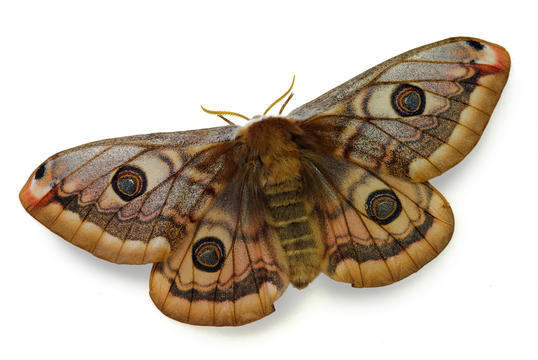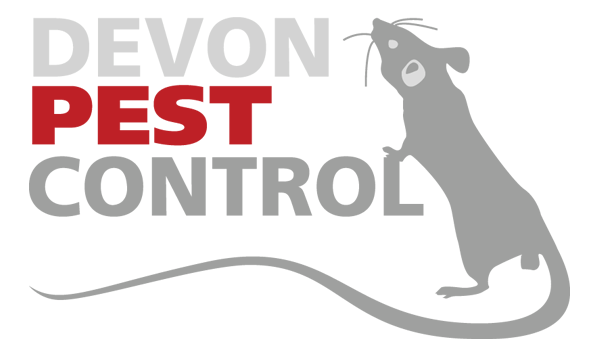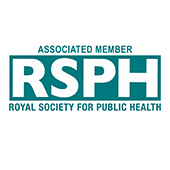 If scientists are correct, then moth infestation in homes and properties could be on the increase. It can be difficult to know if you have a problem with moths, as well as knowing what treatments are effective.
If scientists are correct, then moth infestation in homes and properties could be on the increase. It can be difficult to know if you have a problem with moths, as well as knowing what treatments are effective.
Moths – a nuisance
Some pest control issues and infestations pose a danger to our health; flies or wasps, for example, can present a significant danger, as well as being a nuisance, and need to be dealt with quickly. Moths, on the other hand, are considered a nuisance but do not pose any danger to your health; they do not bite or sting, and neither do they carry disease.
Knowing the signs of moth infestations
People commonly assume they have moths as they notice damage to clothing and other materials, but there are some other signs to look out for too, such as…
- Check wardrobes, cupboards, storage boxes and trunks for damage to clothing and material, keeping an eye out for larvae cases and moths themselves
- In some cases where the moth infestation is considered ‘heavy’, moths may fly out of the wardrobe, cupboard etc. on opening
- What you think is a spider’s web might actually be a webbing made by moths that contain pupa cases
- Look down round your feet or in the bottom of wardrobes etc. where you think you have a moth infestation as small mounds of dust or frass are the waste product of moths chewing their way through items
- It might also be worth checking under chairs, sofas and other furniture covered with soft furniture as you may find tell-tale holes and damage
BUT, it is important to note that moths consume natural fibres and materials such as wool, cotton, fur or silk. However, if you are breathing a sigh of relief think again as material with as little as 25% natural fibres in it can also be susceptible!
Can moth infestations be prevented?
Preventing moths from entering your home can be difficult; moths are around us all the time but they are attracted to light, so as soon as night falls, shut your windows to stop them from invading your home.
Experts also suggest that having bird nests close to properties can also be a way that moths make their way in to your home; this is why many pest controllers will suggest the removal of vacant nests from nearby trees.
There are other measures you can take to minimise the possibility of a moth infestation;
- Check stored items regularly for tell-tale holes, as well as larvae and moths themselves; spotting the problem early can save you a lot of expensive damage!
- If you do intend on storing items for a long time, clothing and material should be stored in plastic bags; the bags that can be packed and then vacuumed sealed can be effective
- There is no doubt that vacuuming regularly, especially in hard-to-reach areas is also essential
- Moths find a lot of their nutrition in dust and dirt, hence eliminating as much of this as possible prevents them accessing a ready food source
- If you think you have lots of empty nests around your property, especially on your property then you should get these removed
- Likewise, cracks and crevices in the outside of your property could also be a place that moths find attractive; sealing these removes a possible place they can enter your home from
- Some people also suggest remedies and aromatic products are effective in keeping moths at bay; cedar oil or cedar scented lining paper are an effective deterrent
- There are also many products on the market that suggest they are effective in preventing moths; one product are insecticidal strips






